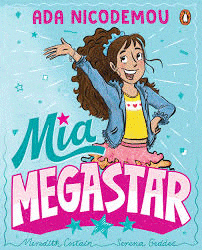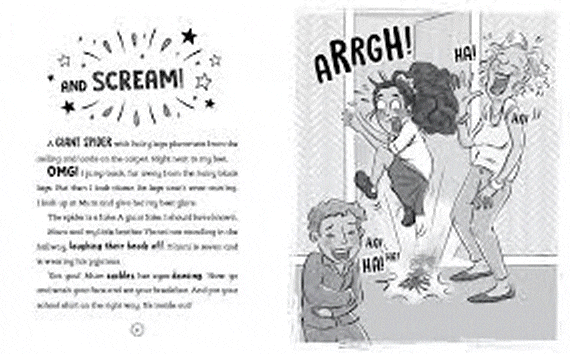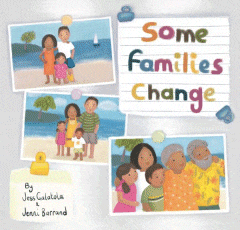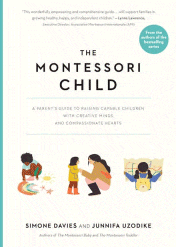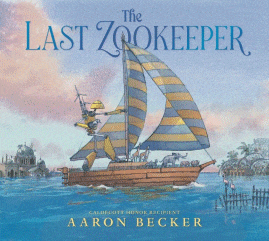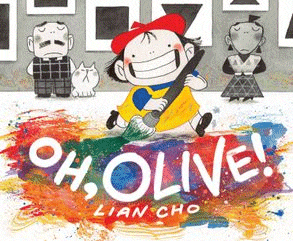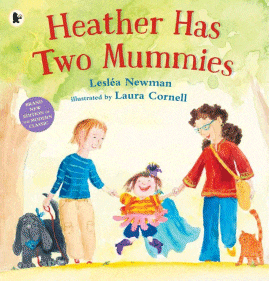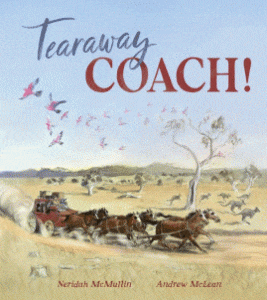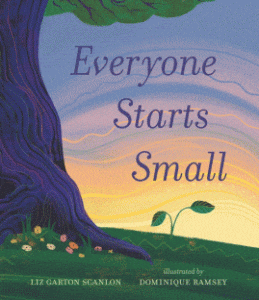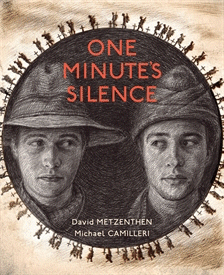
One Minute’s Silence
David Metzenthen
Michael Camilleri
Allen & Unwin, 2019
48pp., pbk RRP $A16.99
9781760527051
One minute’s silence is the traditional way of honouring the memory of those who have died, particularly military personnel. And during that one minute’s silence, we are urged to think about those who have fallen and the sacrifice they have made for their country. But what do you really think about? Are you like the bored, disinterested Year 12 students who open this story? Do you think about the feats and fears of our soldiers and what they did? Do you ever think about what it was like for those on the other side of our bullets and bayonets? For, in this powerful picture book, we are encouraged to do just that, to consider what it was like both for those who made that fateful landing on the shores of Gallipoli in 1915 and those whom they were fighting against.
“In one minute’s silence you can imagine the grinding in your guts as the ironbark bows of the Australian boats bumped the stony shore of Gallipoli on the twenty-fifth of April 1915…when twelve thousand wild colonial boys dashed across the shivering Turkish sand in the pale light of a dairy farmer’s dawn lashed with flying lead.
But can you imagine, in one minute’s silence, lines of young Turkish soldiers from distant villages, hearts hammering, standing shoulder-to-shoulder in trenches cut like wounds…firing on strangers wading through the shallows intent on streaming into the homeland of the Turkish people.”
This remarkable retelling of the events that form the focus of the annual commemorations of those eight fateful months in 1915 starts with a picture of that group of senior students who have been asked to observe one minute’s silence on the 11th hour of the 11th day of the 11th month – Remembrance Day in Australia. Their expressions of here-we-go-again-we’ve-been-doing-this-for years have been captured perfectly in the pencil strokes of Michael Camilleri and one might wonder what this book has to offer that has not been done before. But then the narration begins and as the events unfold the students are drawn into them, gradually realising the youth and ordinariness of those who were embroiled in this conflict over 100 years ago. These were kids just like them. They can put themselves in the picture, as Camilleri has. However, not only do they see themselves in the Australian uniform, but their attention is also drawn to the youth and the ordinariness of those on the other side and their perspective. They are no longer just a faceless enemy responsible for the deaths and maiming of these students’ bygone family members. The futility of war is apparent…
“In one minute’s silence you can imagine the solitary day when these men without weapons, sharing cigarettes and shovels as they buried their dead in the cool Turkish earth…and the sound of the wind and waves, and quiet talking, replacing the crack, boom and blast of war.
But can you imagine the fierce Anzacs and the fighting Turks quietly returning to their trenches after this one day of truce then firing at each other that afternoon, although they truly knew that the other M.Ed.(TL) were not so much different after all.”
Metzenthen has done a remarkable thing in this story – he has provoked the reader into walking a mile in another man’s shoes; a mile that is thought-provoking and enlightening. The juxtaposition of the Australian and Turkish experience which really serves to emphasise their similarities is masterful. Camilleri’s illustrations are equally as powerful. The scene is set on the front cover where two boys – one Australian, the other Turkish – eye each other off and every image within is just as potent. Could there be anything more evocative about death than a double-page spread of a very large fly surrounded by hundreds of its cousins? Unless it’s the picture of men retreating over a hill that has hundreds of bodies beneath their feet? The imagery used to help students understand the difficult concepts surrounding war is outstanding. Michael Camilleri has provided information about the extraordinary research and thought that underpin each image at
Teachers notes are available and it is also one of the feature texts in the PETAA Lest We Forget collection for those with membership. Since its original publication in hardback form in 2014, as predicted this book has won a number of prestigious awards including
- Winner, CBCA Book of the Year, Crichton Award for New Illustrators, 2015, AU
- Winner, Prime Minister’s Literary Award – Children’s Fiction, 2015, AU
- Runner-up, CBCA Picture Book of the Year, 2015, AU
- Short-listed, The Nib Anzac Centenary Prize for Literature, 2015, AU
- Short-listed, Adelaide Festival Awards for Literature – Children’s Literature Award, 2016, AU
- Short-listed, Western Australian Premier’s Book Awards – Children’s Books, 2016, AU
- Long-listed, CBCA Book of the Year, Eve Pownell Award for Information Books, 2015, AU
This it is an essential addition to any collection of resources about this period in our history.
Originally published November 11 2014
Updated April 1, 2023 and April 25, 2024
